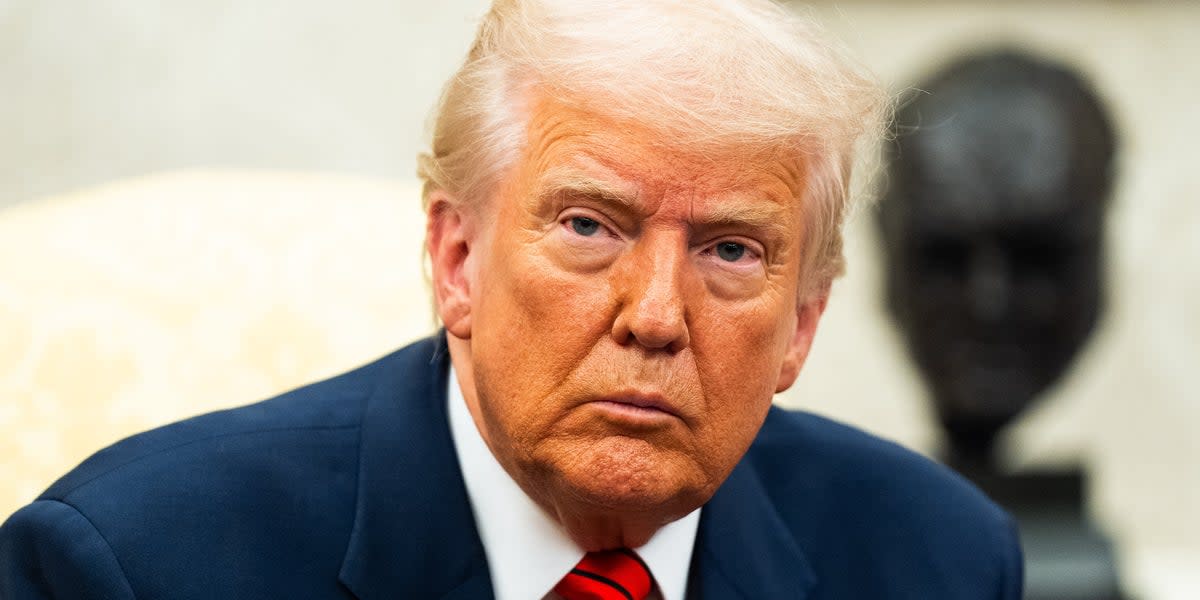Who killed Juvenal Habyarimana?
[Black Star News Commentary]
It’s generally accepted that Bill Clinton opposed a vigorous international community- and American armed intervention when the massacres erupted in Rwanda in 1994 because he feared this country could get bogged down in a messy operation with unpredictable outcome.
There has never been an internationally supervised research to estimate the numbers of civilians murdered in Rwanda however the figure of “nearly 800,000” has been widely quoted and accepted for years.
It’s also generally accepted that Clinton wouldn’t allow his administration officials to use the term “genocide” to describe the mass killings in Rwanda because the word carries legal connotations that would have obligated intervention.
But how credible is this explanation as to why Clinton opposed use of the word and outside intervention?
If that was indeed the true motive for barring the use of the term and opposing intervention how did Clinton hope for the killings to come to an end? He was president of the United States, the world’s only remaining superpower. Is it conceivable that Clinton was willing to let the U.S. stand aside and risk the possibility of Hutus, the 85% majority population in Rwanda, annihilating all Tutsis?
This is a difficult proposition to accept or believe.
The killings had been triggered when on April 6, 1994 the plane carrying Rwanda’s Hutu president Juvenal Habyarimana and Burundi’s Cyprian Ntaryamira was downed by two missiles as it approached Kigali airport.
Is it more likely that Clinton in fact knew that the massacres would come to an end — with victory by the RPF, under its leader Paul Kagame?
So, in fact, by refraining from calling the massacres a “genocide” and triggering an international armed intervention did Clinton’s decision at the time actually buy time for Kagame and allow his RPF to seize power?
Habyarimana was returning from Tanzania, where regional leaders were pressing the warring parties to carry out the Arusha Peace Accord to halt fighting between his army and the opposing force, which included units of Uganda’s army and the Rwanda Patriotic Front (RPF).
The Arusha deal was detrimental to the RPF’s goal and U.S. interests which included displacing France’s influence in the region.
Arusha called for a Transitional government, power-sharing between Habyarimana’s party, Kagame’s RPF, and other parties. It also called for elections and given that Hutus comprised 85% of the population, Kagame wouldn’t have become president.
Kagame stood to gain the most from the assassination of President Habyarimana and to lose the most from negotiated peace. The use of the term “genocide” by the Clinton administration and robust outside intervention most likely would have saved hundreds of thousands of lives.
It also would have closed Kagame’s path to presidential powers in Rwanda.
So was it mere coincidence that Clinton’s withholding the use of the term “genocide” benefitted Kagame?
Consider some points that indicate U.S. preference of an RPF/Kagame victory at the time.
1) At the time of the October 1, 1990 invasion of Rwanda from Uganda, Paul Kagame was being trained at the U.S. Military Academy at Fort Leavenworth, Kansas. He had been sent here by Uganda’s ruler Gen. Yoweri Museveni. He came on a Ugandan passport because at the time he was chief of Uganda’s Military Intelligence. He and many Tutsis of his generation had grown up in Uganda; his family had fled the massacres of 1959 when the monarchy under King Kigeri V in Rwanda was overthrown by the Hutu majority.
When the first commander of the 1990 invading force from Uganda, Gen. Fred Rwigyema, who had been Uganda’s deputy defense minister, was killed under questionable circumstances, Museveni recalled Kagame and installed him commander of the invading army which initially included 4,000 regular Ugandan army soldiers. Later the force became the Rwanda Patriotic Front.
2) The U.S. took no action to censure Uganda or to denounce the invasion, which was a war of aggression which has consequences under international law. Moreover the U.S. allowed Uganda to keep sending more officers for U.S. training under the International Military Education Training (IMET) program that had brought Kagame to Fort Leavenworth. In 1995 when I was a reporter at The City Sun newspaper, I asked then Vice President Al Gore about this and he told me Uganda “deceived” the U.S. It was a disingenuous response since in subsequent years after I asked the question the number of officers sent for IMET training by Uganda actually increased.
3) France, a supporter of the Habyarimana government, when Francois Mitterand was president, tried to bring action against Uganda for launching a war of aggression against Rwanda on October 1, 1990, through the United Nations Security Council. The U.S. opposed this move.
So a battlefield stalemate maintained from 1991 to 1994, with the RPF controlling much of the areas of Rwanda towards Uganda — the supply route for recruiting fighters and for obtaining arms. During this period, while abuses by Habyarimana’s army was widely quoted in media those of the RPF, including massacres documented by Human Rights Watch, were rarely mentioned.
The stalemate ended after the assassination of Habyarimana.
According to documents from French archives “Mitterrand and his advisers” believed “that the Rwandan Patriotic Front wanted to use its superior military position to restore a Tutsi-dominated regime in Rwanda. French military advisers reported that the rebel movement had acquired surface-to-air missiles from Uganda. When President Habyarimana’s plane was shot down by a SAM missile on April 6, 1994, triggering the genocide, French officials immediately suspected the RPF.”
In recent years, Theogene Rudasingwa, who had been Kagame’s chief of staff and then Rwanda’s ambassador to the United States has said Kagame in fact was the one who ordered the assassination of Habyarimana. A French government minister had claimed that the U.S. gave the missiles to Uganda, from stockpiles seized in Iraq; Uganda then provided them to the RPF — the U.S. denied the allegation.
According to Rudasingwa, the purpose was strategic. Knowing the ethnic volatility in Rwanda, Kagame was aware the Hutu civilian majority would unleash vengeful massacres after Habyarimana’s death. The power vacuum and the bloody mayhem would create the excuse for Kagame seizing power.
Kagame would then be hailed as Rwanda’s “savior.” Kagame would no longer have to fulfill the requirements of Arusha including the elections the RPF could not have won.
In subsequent years the United Nations and Human Rights Watch repory that Kagame has exported the war into the Democratic Republic of Congo (DRC).
Was Clinton, given U.S. intelligence capabilities, unaware of the alleged Machiavellian scheme by Kagame in 1990?






